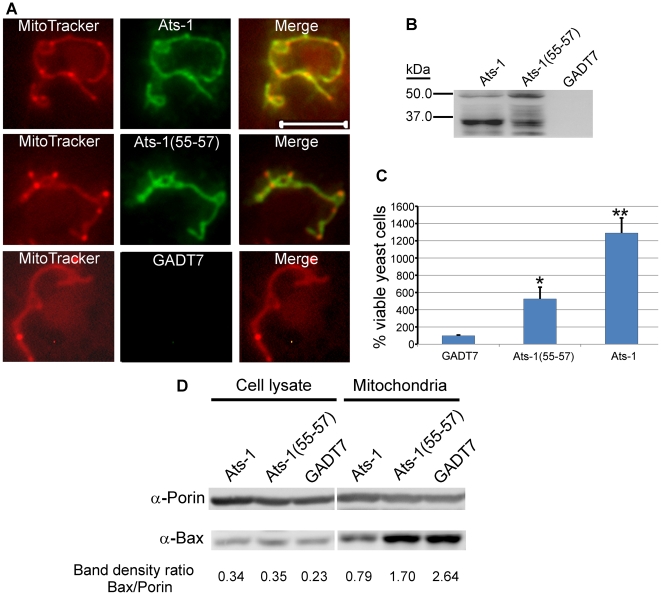Figure 9. Ats-1 inhibits Bax-induced apoptosis in yeast.
A. Mitochondrial colocalization of Ats-1 and Ats-1(55–57) in S. cerevisiae. pYAts-1 (Ats-1), pYAts-1(55–57) [Ats-1(55–57)], or pGADT7 AD(GADT7)–transformed YPH499 yeast cells were loaded with MitoTracker Red, and subjected to immunostaining using rabbit anti-Ats-1, and Alexa Fluor 488-conjugated goat anti-rabbit IgG. Scale bar: 5 µm. B. Expression of Ats-1, or Ats-1(55–57) in S. cerevisiae. The cell lysates of YPH499 cells transformed with pYAts-1 (Ats-1), pYAts-1(55–57) [Ats-1(55–57)], or pGADT7 AD(GADT7) were subjected to Western blot analysis using anti-Ats-1. Note 35-kDa mature Ats-1 from wild type Ats-1 and abnormal cleavage of Ats-1(55–57). C. Ats-1 partially rescues S. cerevisiae from Bax-induced growth arrest. Yeast YPH499 cells were co-transformed with pBax, and pGADT7 AD (GADT7), pYAts-1(55–57) [Ats-1(55–57)], or pYAts-1(Ats-1). Recombinant yeast cells were cultured in SG medium containing galactose to induce Bax expression. The number of viable yeast cells was determined by plate count technique. The numbers of viable cells at day 5 after Bax induction were compared to the viable cells at day 0. Data are presented as means and standard deviations of three independent experiments. * and **, Significantly different among each other by Tukey's HSD test (P<0.05). D. Translocation of Bax to mitochondria in S. cerevisiae. After induction to express Bax for 12 h, the total cell lysates and mitochondria isolated from YPH499 cells co-transformed with pBax, and pGADT7 AD (GADT7), pYAts-1(55–57) [Ats-1(55–57)], or pYAts-1(Ats-1), were subjected to Western blot analysis using anti-Bax, and anti- S. cerevisiae Porin. Relative density ratios of Bax/Porin bands are shown below each lane.

